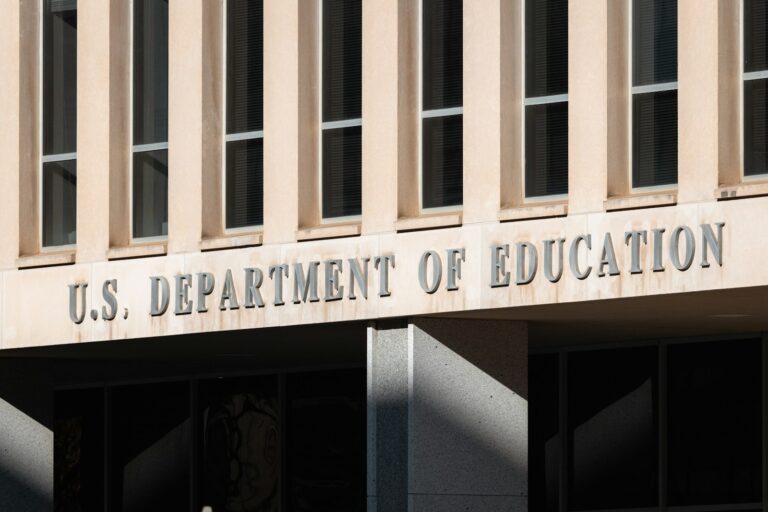Key Takeaways:
– The House will vote on a large spending plan with new Medicaid rules.
– The Senate added eighty hours a month work standards and extra co pays.
– Independent estimates say seventeen million people could lose health coverage.
– Lawmakers argue only healthy adults without children would lose benefits.
– Experts warn caregivers and chronically ill people may face harm.
– Polls show many Americans back work rules for able bodied adults.
In a recent interview a top news anchor questioned the chair of the House committee. The discussion focused on changes to Medicaid in a major spending plan. The Senate version adds work rules requiring eighty hours a month. It also adds extra costs for Medicaid recipients when they visit doctors. Independent estimates warn that millions could lose coverage under the new rules. Here is what you should know.
What the Bill Would Do
First the spending plan covers a range of federal programs. It sets budgets for defense education and health. However the most debated piece is the change to Medicaid. That program offers health care to low income families. Under the Senate draft healthy adults without children must work eighty hours a month. They will also have to pay small co pays for some services. In effect the plan would aim to encourage work among adults on Medicaid. In addition the draft gives states new power to set their rules. Therefore debate has grown in Congress over possible coverage losses. President Donald Trump has urged lawmakers to finish the bill before the July fourth deadline. He said he wants it on his desk by that date. Meanwhile state officials worry about federal pressure and possible budget gaps.
Key Debates in the Interview
A veteran anchor pressed the committee chair with data on who would lose coverage. She cited estimates that seventeen million Americans could be at risk. The chair responded by saying that the breakdown shows able bodied adults lose coverage only. He stressed that children and people with disabilities would not be affected. She then asked him what he would say to families who may lose care. He said that work rules help people find good jobs and improve their lives. He added that most voters in his district support the changes. The anchor followed up by asking if he would stand behind the bill. He said yes he would defend the plan if people came to his office upset. He said voters should talk to their representatives about any concerns.
How Lawmakers Responded
The committee chair said the Congressional Budget Office did the analysis. He noted that four point eight million healthy adults without children would lose coverage. He said this group makes up part of the total seventeen million figure. He argued that children and seniors would keep their benefits under the plan. Furthermore he claimed that work rules make the system fairer. The anchor pointed out that nearly seventy one percent of adults on Medicaid already work. She asked what message he had for those people who already hold a job. He replied that most people in his state favor work requirements for able bodied adults. He also said polling shows strong nationwide support. However critics say the visit to work would cause stress and confusion.
Who Could Be Affected
Advocates warn that caregivers may lose their support under new work rules. Caregivers often juggle care for children or elderly family members. Work standards may not count time spent caring for a sick parent. As a result caregivers could face sudden loss of health benefits. In addition people with chronic conditions could struggle to meet the monthly hour goal. They may have good days and bad days in their health. Missed appointments or flare ups could cut into their work totals. Experts also note that rural areas may lack enough job options. That could leave some recipients unable to find paid work. Therefore critics argue that more people may struggle to comply than lawmakers expect.
Voices of Concern
Health policy researchers say the new rules could lead to gaps in care. They warn that any break in coverage could worsen health outcomes. Advocates for disability rights say the plan may unfairly burden people with hidden illnesses. They point out that not all health issues are obvious to an outside observer. Some people need flexible schedules to manage their treatments. They say the plan does not account for these real life challenges. State governors from both parties have expressed mixed views. Some want more state control while others worry about budget shortfalls. That debate may shape how each state designs its own version of the rules.
Public Opinion and Polls
Polls find that many Americans support work requirements for healthy adults on Medicaid. A recent survey showed eighty percent of respondents backing such rules. They believe work can promote self reliance and personal growth. However concerns rise when people learn about possible coverage losses. In one poll a majority of those surveyed said they would worry about their own benefits under the plan. Voters in swing states say they could change their view based on real world effects. Therefore public opinion may shift once rules roll out in local communities. That could have political implications for lawmakers who backed the changes.
Why It Matters
Medicaid covers more than seventy million Americans and families. It provides essential care such as hospital visits and prescription drugs. Any cut in coverage could increase financial strain for vulnerable households. In addition such changes may raise costs for hospitals and clinics. They often provide care for uninsured people who lose Medicaid. That could lead to strain on local health systems. Ultimately the debate reflects deep questions about work and welfare policy. It shows a divide over how to balance personal responsibility and public support.
Next Steps
The House will take up the spending plan Wednesday in a full vote. Lawmakers may offer amendments to change the Medicaid rules. If the House passes the bill it will go back to the Senate for final approval. Both chambers must agree on a single text before sending it to the president. If disagreements remain lawmakers may call a conference committee. That group would negotiate final differences between the two versions. President Trump has said he will sign the bill if it reaches his desk in time. That timeline adds pressure on both parties to finish work quickly.
Conclusion
The debate over Medicaid work rules highlights a key question for many Americans. Should public help come with a work requirement for healthy adults. Lawmakers say yes while experts and families warn of unintended harm. As the vote approaches millions will watch and wait to see if coverage will change. Ultimately this issue will shape access to health care for many people. It may also influence how welfare policy works in the years ahead.









